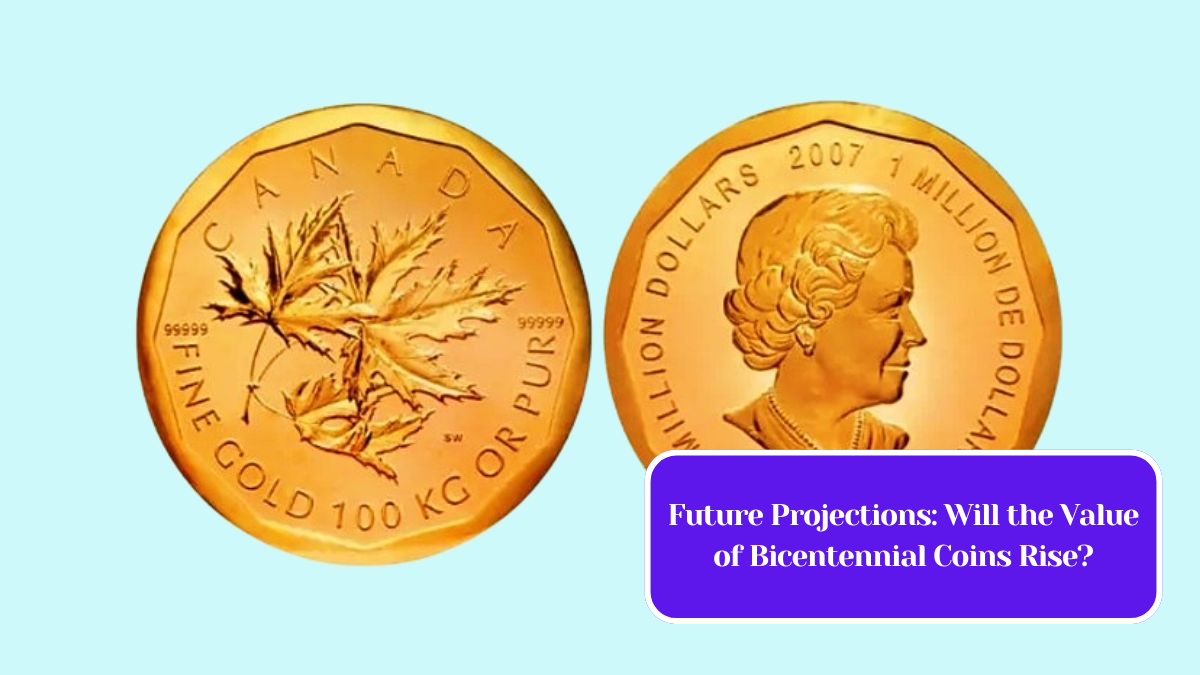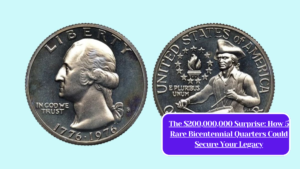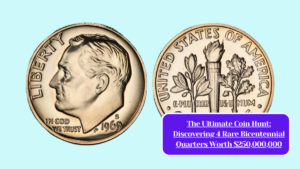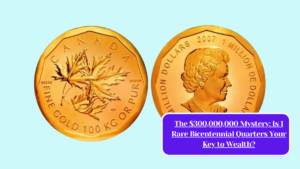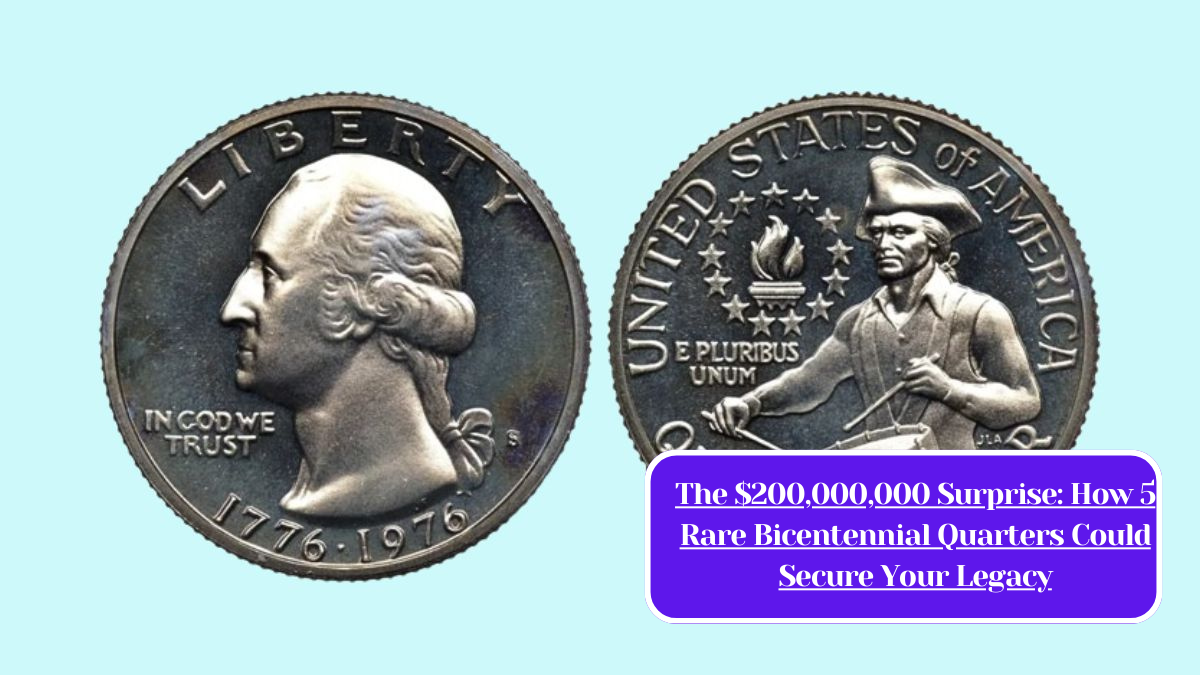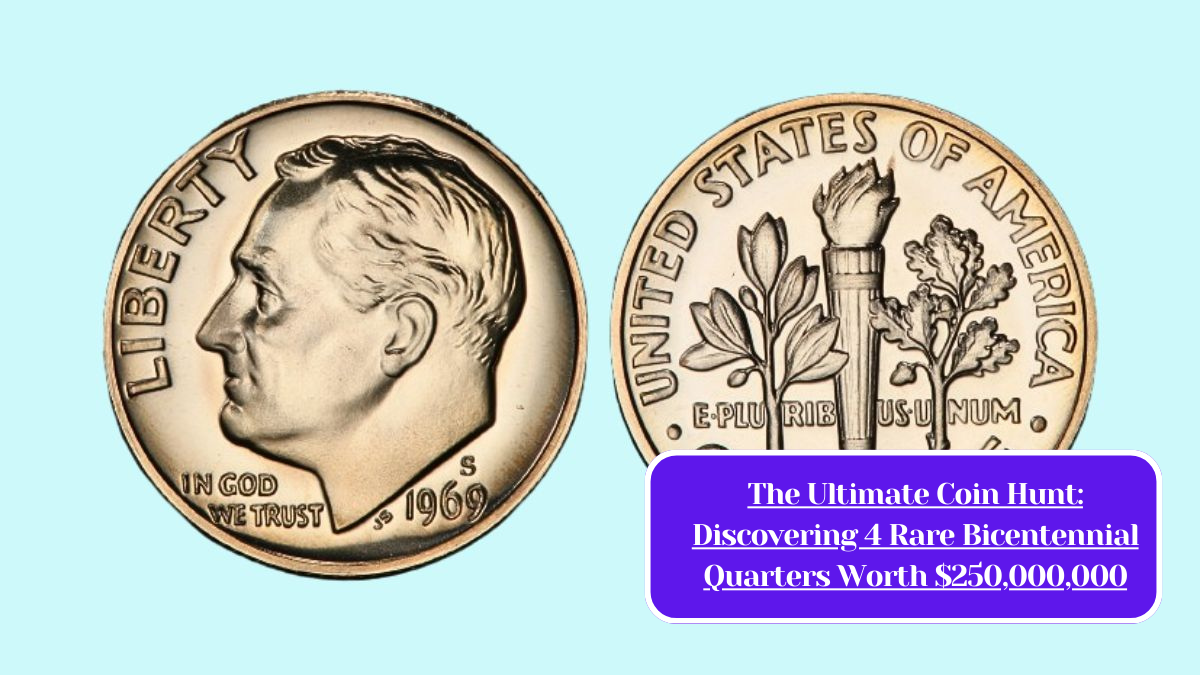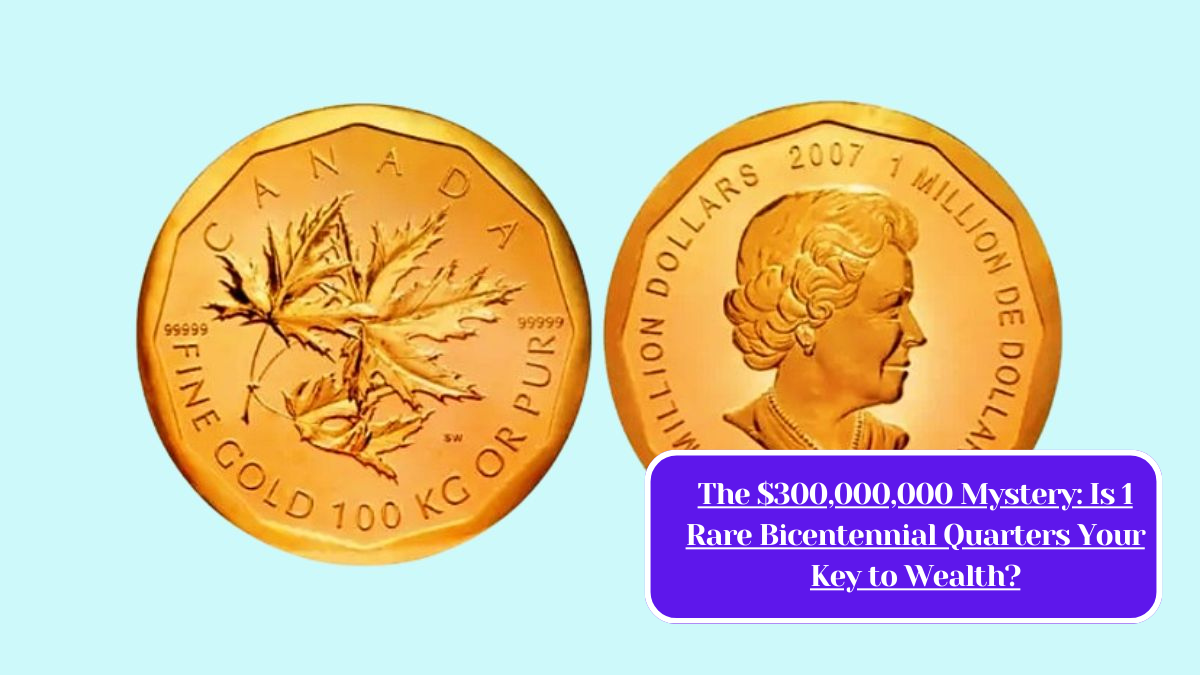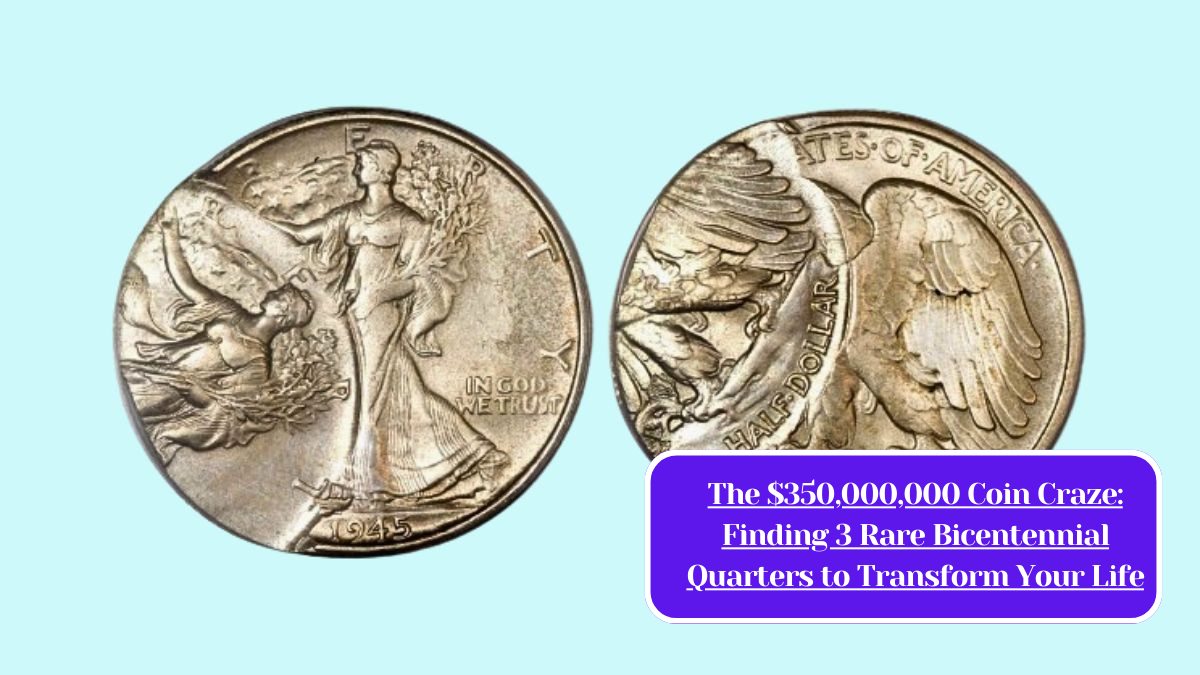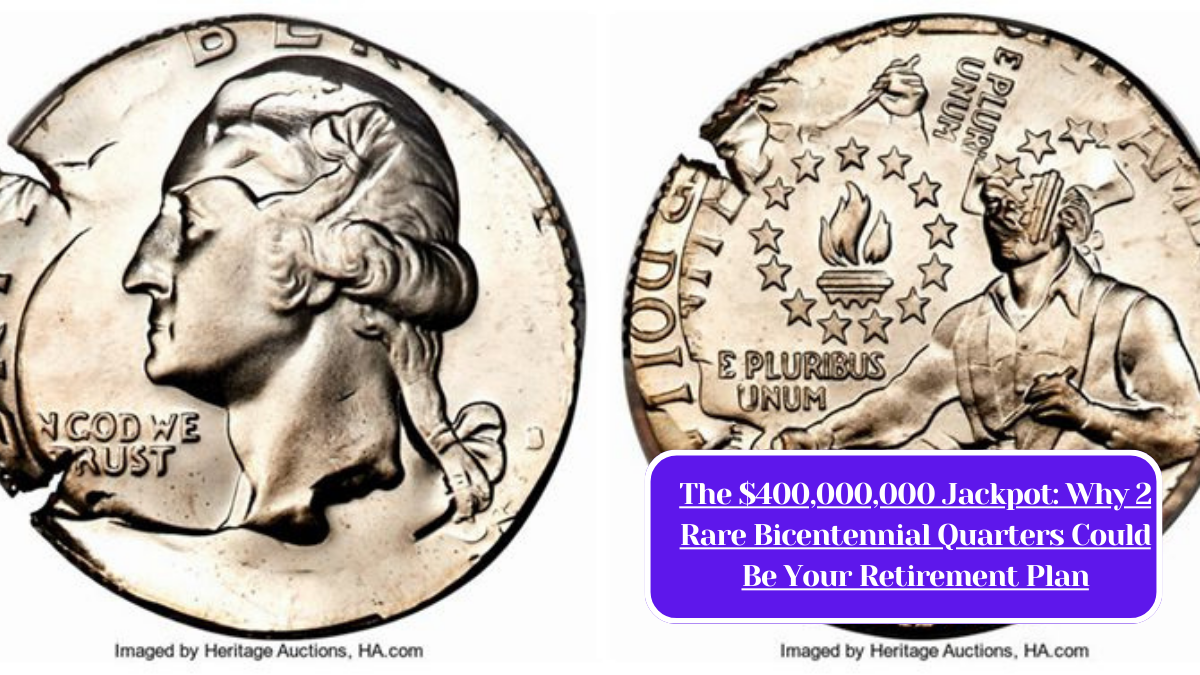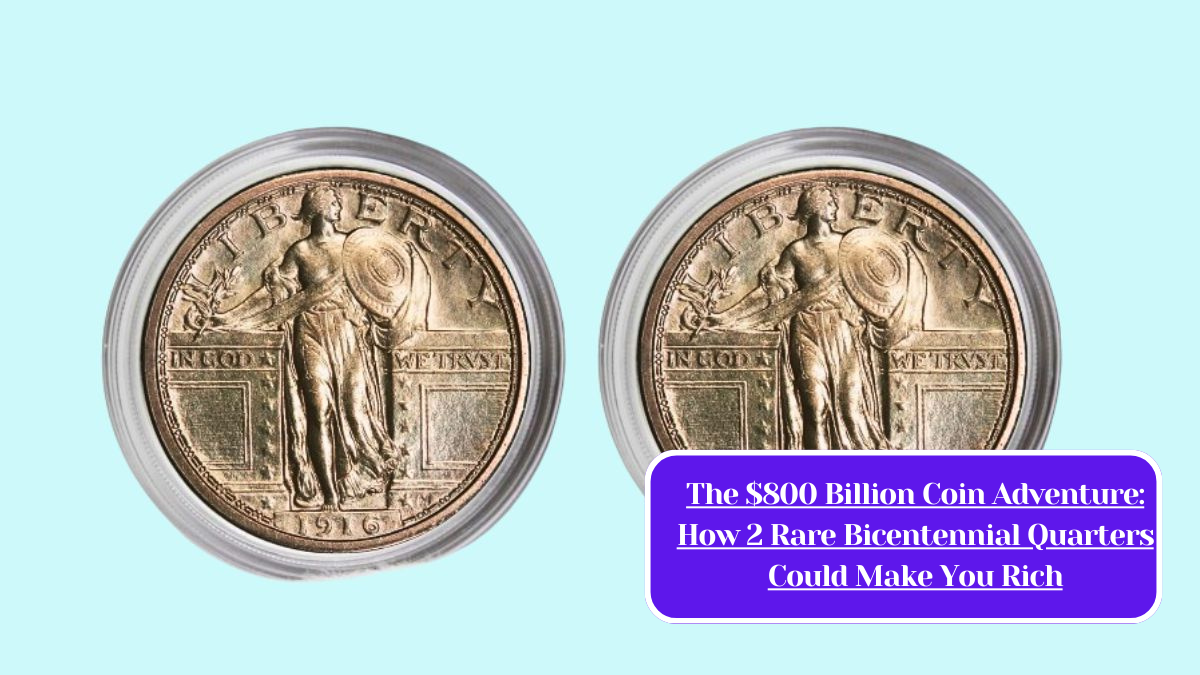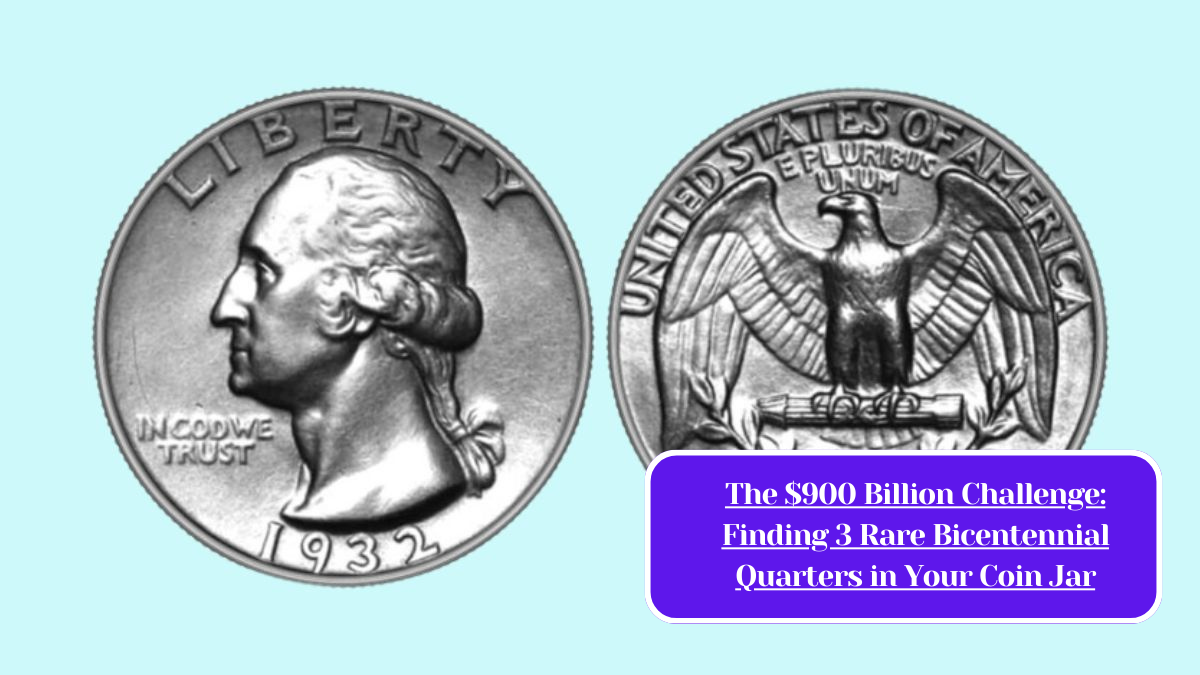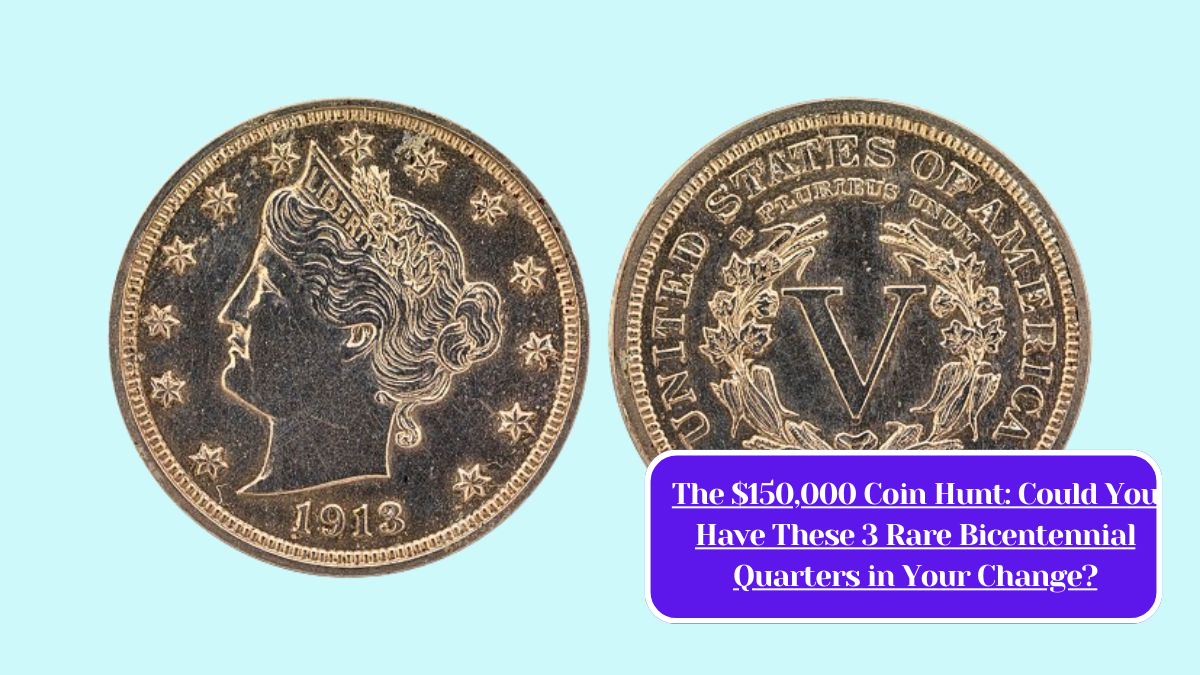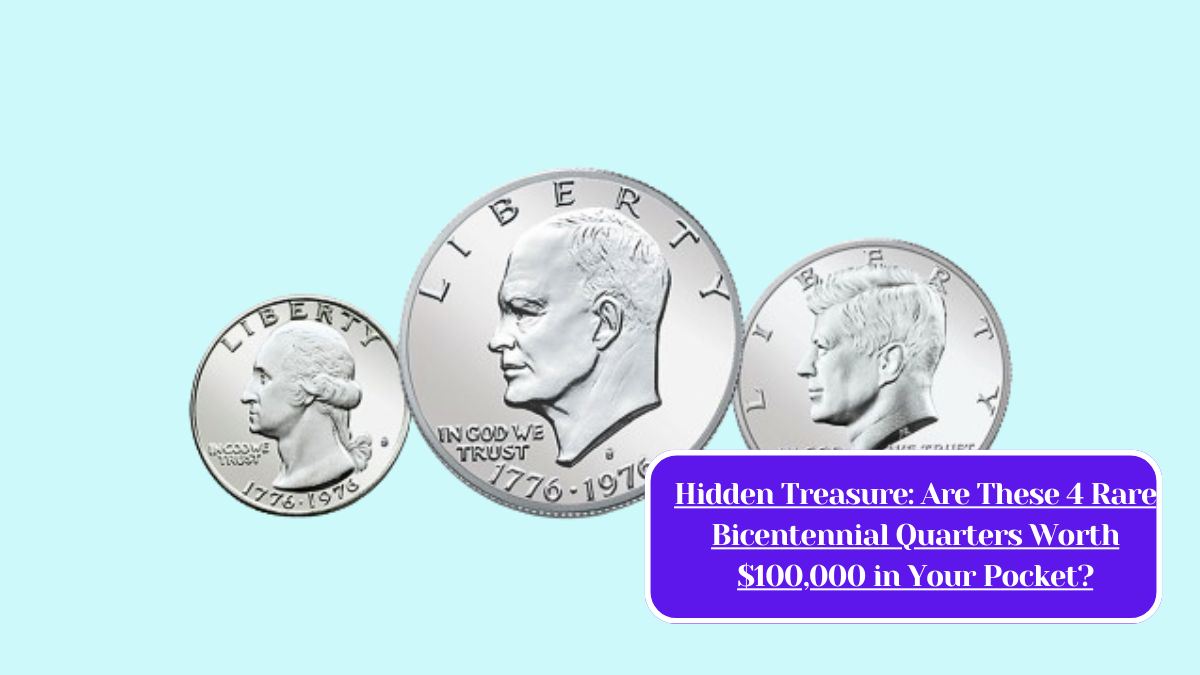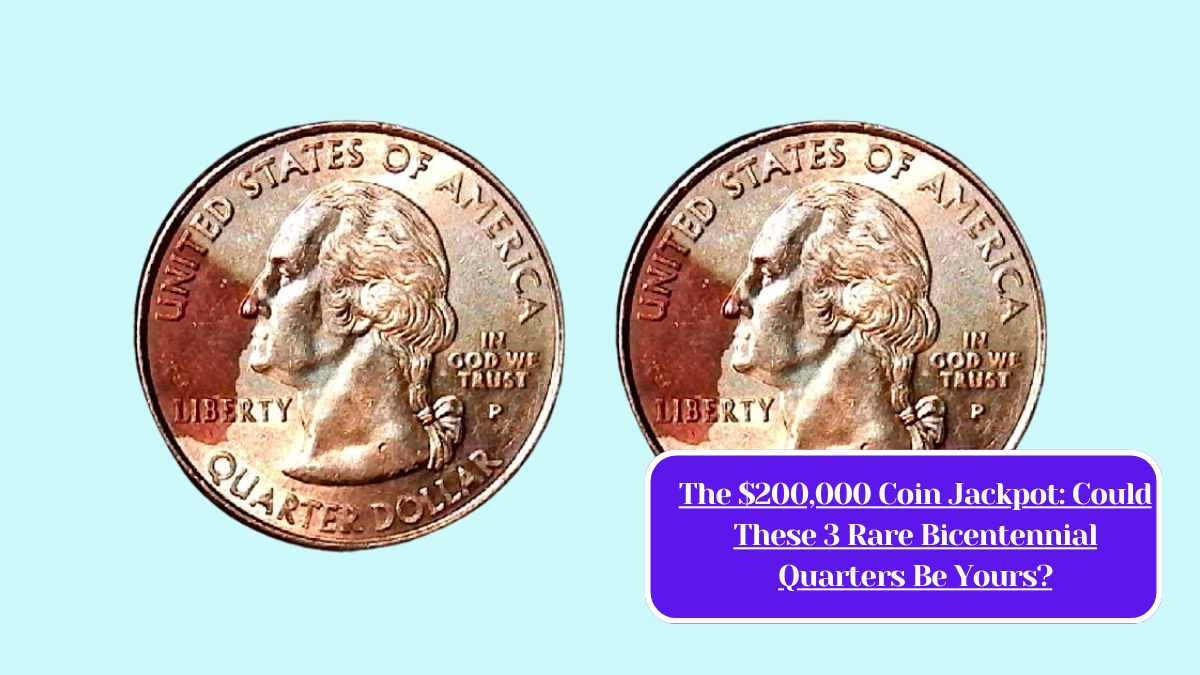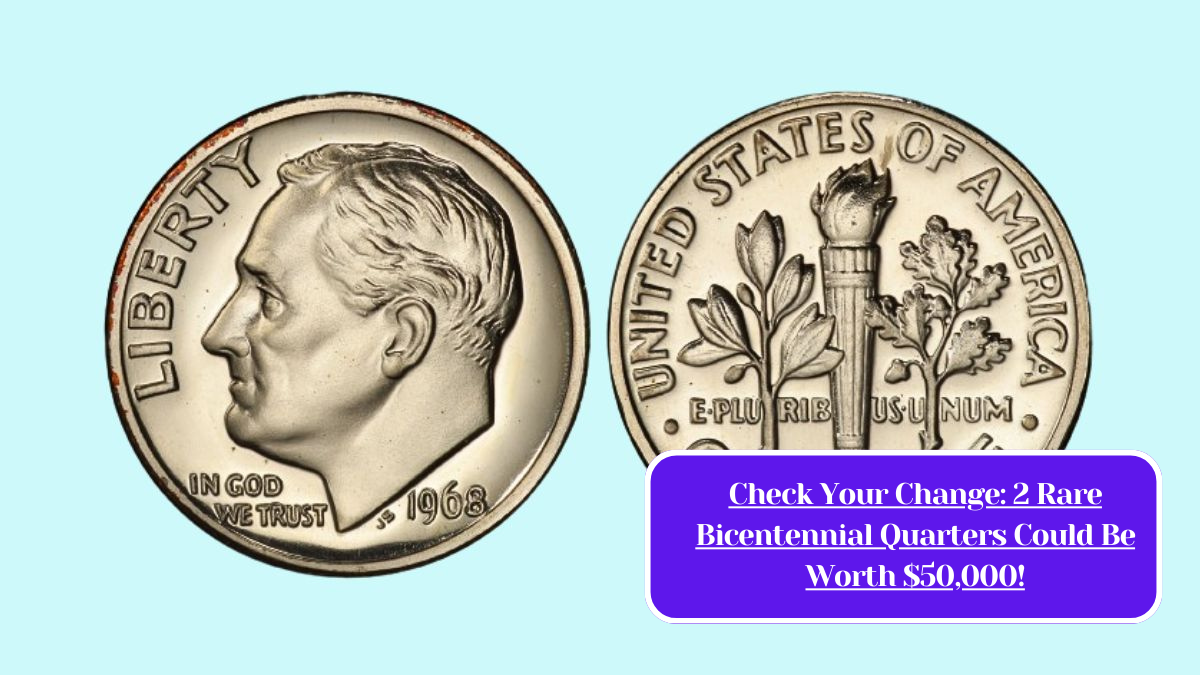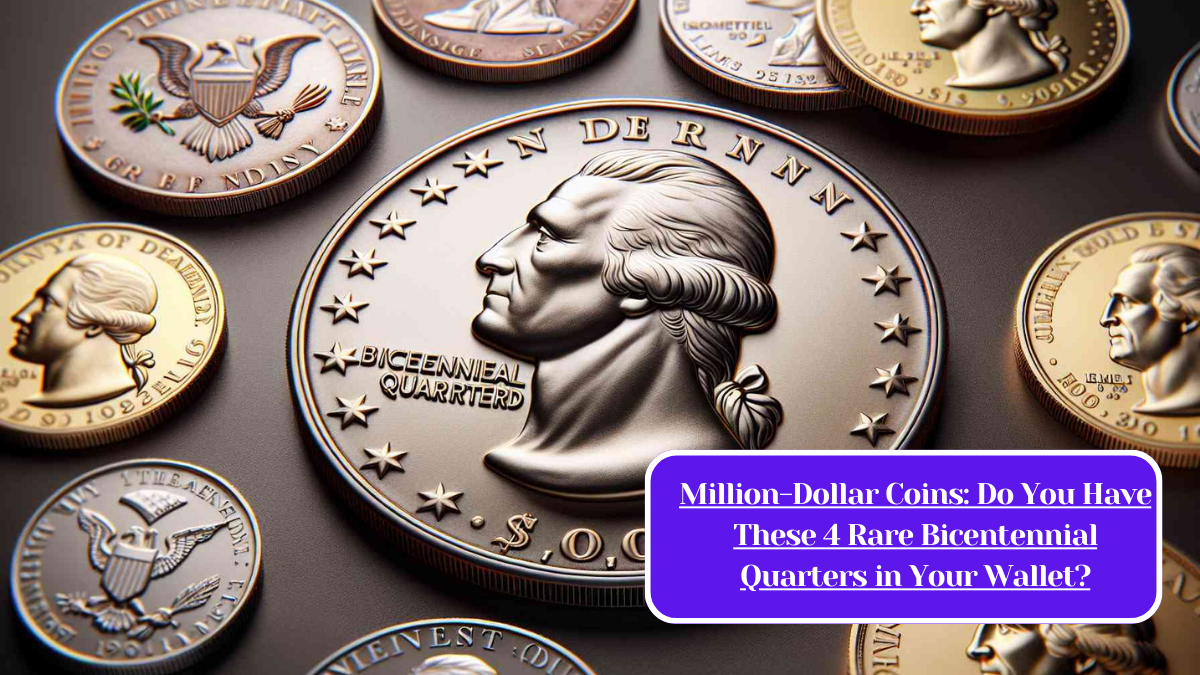The Bicentennial coins, minted in 1976 to commemorate the 200th anniversary of the United States, have captured the interest of collectors and investors alike. Featuring unique designs, these coins—specifically the quarter, half dollar, and dollar—are not only pieces of history but also potential investments. As we look toward the future, many are asking: will the value of these coins rise?
The Bicentennial Coin Series
In 1975 and 1976, the U.S. Mint released a series of coins that celebrated America’s 200th birthday. Each coin features special designs that distinguish them from their standard counterparts. The quarter showcases a drummer and a colonial soldier, while the half dollar depicts Independence Hall. The dollar coin features a depiction of the Liberty Bell superimposed over the moon.
Initially, these coins were produced in large quantities, which raises concerns about their rarity and long-term value. However, their unique designs and historical significance make them appealing to collectors.
Current Market Trends
To assess the future value of Bicentennial coins, we must first examine current market trends. As of now, most Bicentennial coins are valued at or slightly above their face value, especially in uncirculated condition. The market for these coins is heavily influenced by collector interest, which can fluctuate based on broader economic conditions, trends in numismatics, and changes in consumer preferences.
While some coins have gained value—particularly those in pristine condition or those that are part of limited-edition sets—the general sentiment is that these coins are still relatively accessible. This availability means that significant price increases are unlikely in the near future.
Factors Influencing Future Value
Several key factors will play a role in determining whether Bicentennial coins will appreciate in value:
- Rarity and Condition: As with any collectible, the rarity and condition of the coins are paramount. Coins that are graded higher (MS 65 or above) and those that are stored properly are more likely to see an increase in value.
- Collector Demand: The popularity of Bicentennial coins among collectors can drive prices up. If interest in numismatics grows or if these coins gain a cult following, we could see a surge in demand.
- Economic Conditions: The overall economic climate influences collectible markets. During times of economic uncertainty, collectors might invest in tangible assets like coins, which could drive prices up.
- Historical Significance: As time goes on, historical events often gain new relevance. The Bicentennial could be viewed in a new light, leading to increased interest and value.
- Market Trends: Following trends in other collectible markets, such as vintage toys, stamps, or sports memorabilia, can provide insight into potential future demand for Bicentennial coins.
While the current market indicates that Bicentennial coins are not highly valued, several factors could lead to future appreciation. Collectors’ interests, economic conditions, and the intrinsic historical value of these coins all play a crucial role in determining their future worth. For now, they remain a modest investment, but for those who appreciate their significance, they can be a rewarding collectible.
In conclusion, whether the value of Bicentennial coins will rise depends on a complex interplay of market dynamics and collector interest. For avid numismatists, holding onto these coins could yield exciting potential down the line, making them not just relics of history, but also a part of future investment strategies.
